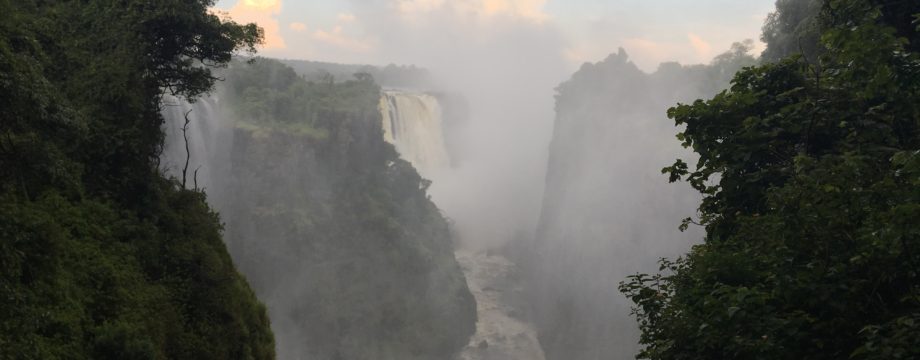This article was originally published on Cache Up NB. It has been mirrored here for archive purposes only.
As part of an effort of mine to highlight some of the lesser focused aspects of geocaching, I thought this time around I’d hit up on the topic of some of the more “technical” aspects to geocaching. By technical, I am referring to some of the computer hardware and software we use, website access, and even how we solve puzzles to some extent. There are a lot of “technical” things that many people may not realize are part of the world of geocaching.
For starters, let’s talk about how people get geocaches onto their GPS. When I first started geocaching, I was printing off cache pages and entering the coordinates manually into my GPS. I then learned about how to use the “Send To GPS” feature from the geocaching website. Since then, I moved on to using EasyGPS and then eventually GSAK. There are plenty of users out there who know nothing of geocaching software of any kind. Whether it be using GSAK to download pocket queries, or even just something like Mapsource or Basecamp to copy GPX & LOC files to your GPS unit. There are a great many ways you can transfer geocache information from the official site to whatever device you have. The technical aspects of how to use said software can range from being very easy to highly complex. Power users use a great deal of the functionality of software like GSAK to fine tune what cache data they have on their GPS. It can actually be a bit overwhelming just in software alone.
That doesn’t include software that’s not for geocaching either. There’s applications out there designed to send maps and other data to your GPS. Whether you are a Garmin or Magellan user, you can purchase maps to install to your unit. Depending on the licensing you have, you can opt to have the maps on your local computer and then pick and choose what you want. For myself, I have the City Navigator maps from Garmin for North America, Europe, and Australia. I also have custom maps like the Ibycus topo, Garmin Topo, US Topo, and even further customized maps which are satellite overlays on top of regular maps. Using Mapsource I am able to send any combination of these maps to my GPS and have them available for me when I am out in the field. You can actually go beyond that and use something like OziExplorer to build your own maps. So just mapping alone can be quite technical in nature if you go down that path.
Then there’s things like just using pocket queries to obtain all of the cache information you want. Some of the power cachers in our region have multiple pocket queries with multiple accounts to keep their local databases up to date with every last cache that exists in larger areas. Whether it be all of Atlantic Canada or all of Canada and the US, a combination of pocket queries, GSAK access, and even sometimes notifications can play a part in how those are leveraged.
Outside of the hardware and software we use for our GPS and cache coordinates, there’s also the use of software and other tools to help in solving puzzles. Whether it be Microsoft Excel for testing different conditions, or writing a custom program to solve a puzzle. I recall a story from Pa where someone had written a program to solve his Micro Logics puzzles. I don’t even remember what puzzle it was now, but I have a clear memory of sitting down and writing a program to solve some other type of puzzle. Wish I could remember what it was. There’s also the use of hex editors and other binary decoding software that can be used to solve Wherigo caches. The emulator that comes with the builder can be used many times to simulate running the cartridge in the wild and thusly bring you to the final letting you know where it is. If emulation is disabled on the cartridge, a hex editor can be used to sift through the machine code in the cartridge to find the final coordinates, or clues as to how to answer the questions posed by some cartridges. Some deem this as cheating but others see it as just another way of solving the “end” of it, much like a puzzle. There’s even a program out there that will decompile a Wherigo cartridge and retrieve the code which allows you to figure out exactly where the final coordinates are. There’s an obvious ethical debate about the use of tools like this, but in many ways it’s no different than trying to solve a puzzle. That’s a debate for another topic.
Lastly, we have the technical aspects of simply having geocaching related websites. Whether it’s geocaching.com, opencaching.com, or any of our community based websites, there are technical aspects that go into having them provide the features we need. GC.com’s database and infrastructure is far beyond a PC sitting in someone’s house. IT folks and developers have taken a considerable amount of time and resources to provide the types of services we use every day. There’s a lot of technical knowledge required to give us those services. Even Cache Up NB’s use of the geocaching.com API has required us to learn more about how to interact with their systems correctly. The nice “hovers” we have don’t just magically appear on their own. They require code behind which is yet another technical aspect of geocaching.
I find it quite interesting that despite the fact that this is a hobby about going outside and finding containers anywhere, that there’s so much of a technical aspect that goes on that people are simply unaware of. The next time you download a pocket query, search for a geocache, use the map on your GPS, or even see recent logs popping up here and there, remember that there is a technical aspect to geocaching and that all of these things many of us take for granted have to come from somewhere.



6 Responses to The Technical Side Of Geocaching